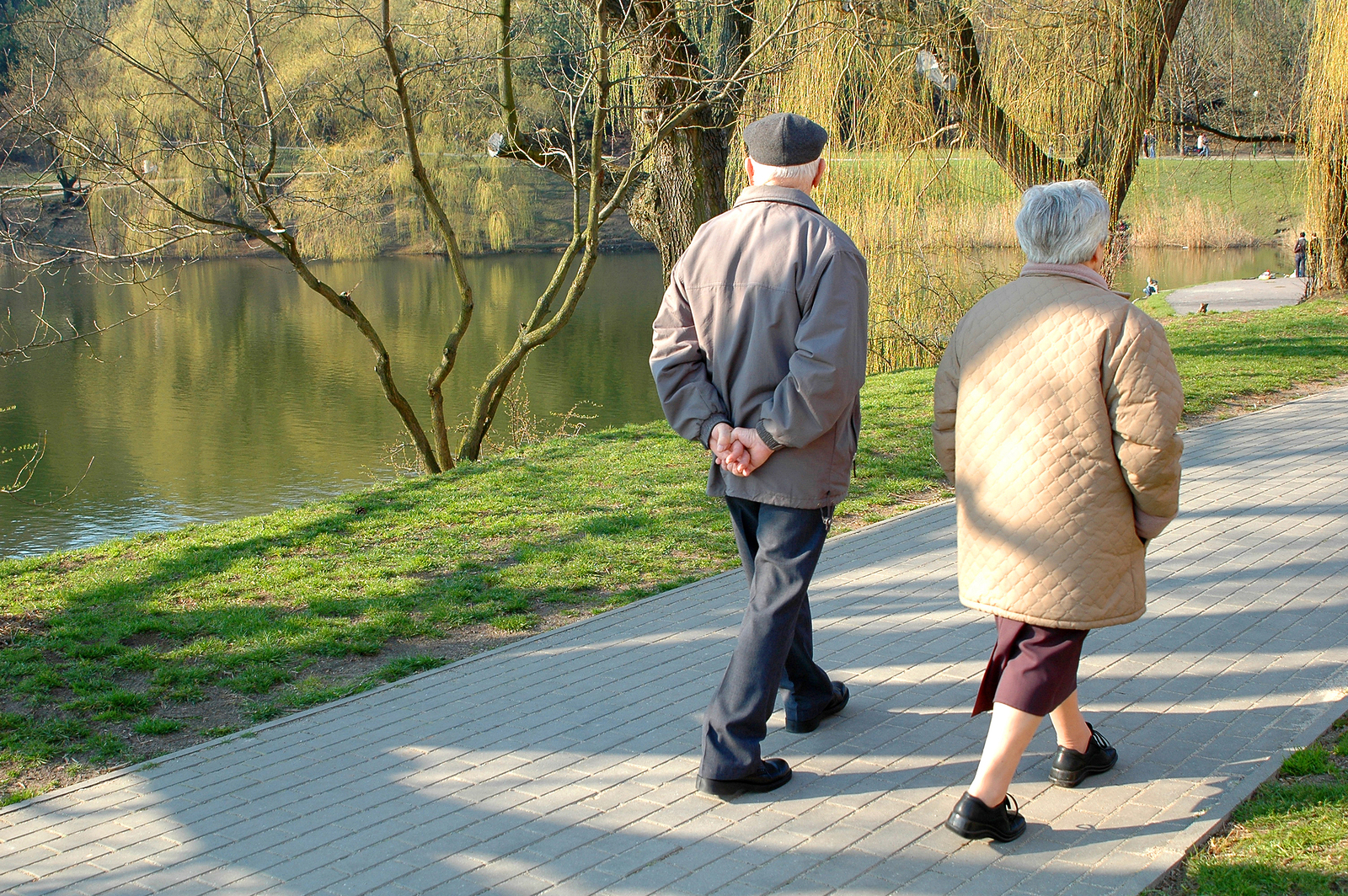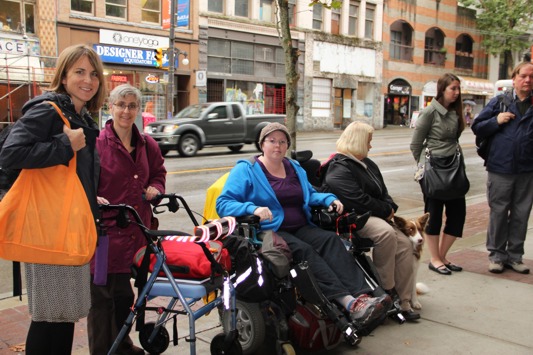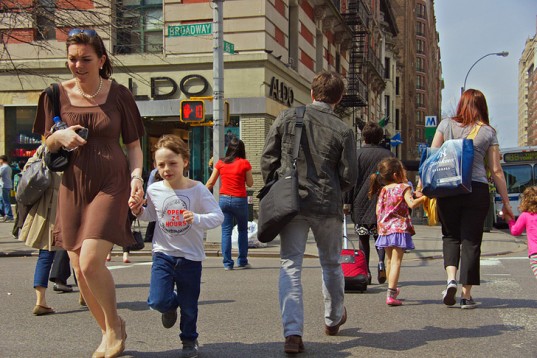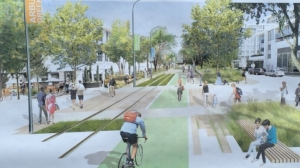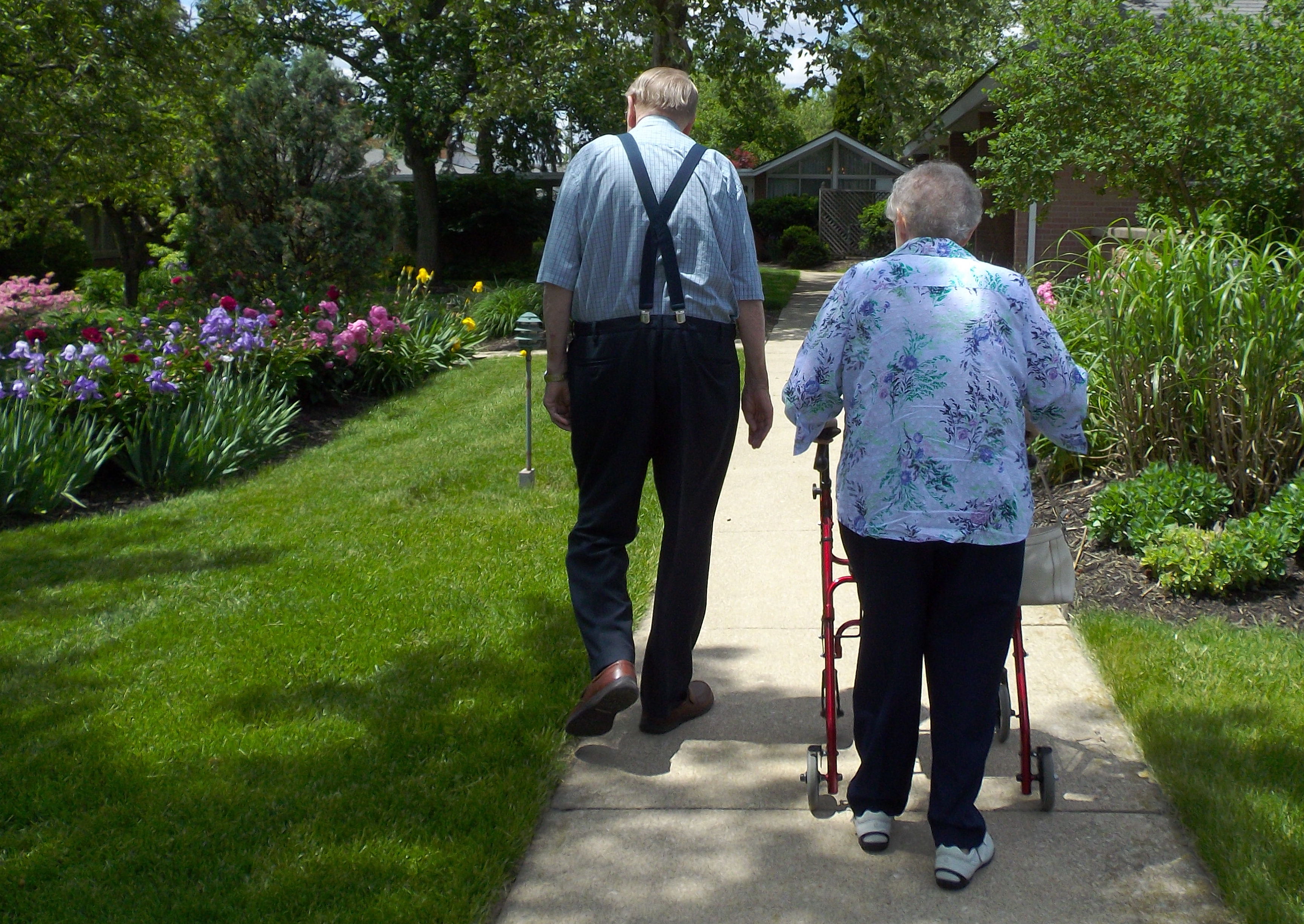The Toronto Star and its reporters are to be commended for talking about what others have ignored for so long-the tremendous grief, carnage and cost to families, friends, the insurance corporation and the health system caused by pedestrians and cyclists being maimed and killed by vehicles-it was called road violence at the start of the twentieth century, and that term is returning to use now.
I have been writing about the awful year that the City of Toronto has had with over 40 deaths and hundreds of severe injuries. We like to think that in Vancouver we have this under control, with our well thought out transportation hierarchy that gives pedestrians the first priority. Those triangle graphs are lovely,but as a Price Tags commenter noted yesterday, there’s a real gap between what we say and what we do in Vancouver. While I am concentrating on the road violence in Toronto because there is a true will to do something about it, it should be noted that Vancouver’s pedestrian deaths, at over one person being killed a month is per capita twice the rate of Toronto’s. Where is the reaction?
Road safety or the lack of it is being recognized as a major public health problem. Our own Provincial Medical Health Officer Dr. Perry Kendall identified road violence as a major cause of fatalities and serious injuries in his report Where the Rubber Meets the Road released this spring. Dr. Kendall notes that 280 people die and another 79,000 people are injured on roads in British Columbia every year. Vulnerable road users (those people without the protection of an enclosed vehicle) make up 45.7 per cent of serious injuries in 2011. Vulnerable road users were also 31.7 per cent of fatalities in 2009 and that increased to 34.9 per cent in 2013.
In Toronto, City staff are now perceiving road safety as a major public health problem, where 1500 pedestrian and 950 cyclist collisions with vehicles have been reported to October 30. There is a 20.7 per cent hike in pedestrian injuries being treated at Toronto’s main trauma centre. That is not acceptable.
“Ward Vanlaar, chief operating officer of the Traffic Injury Research Foundation in Ottawa, said until the last decade or so, road safety was thought of as a transportation issue. “The take on it was that we have a price to pay for mobility, and the price is that certain people will die and that was considered to be acceptable,” he said. Vanlaar said that in recent years he’s seen a shift in thinking about traffic safety, both globally and across Canada. “People working in this field, and also in other health-related fields have had this epiphany almost, like ‘Hey, there are really a lot of people dying,’” he said.
There is a major change in seeing safety being more important than mobility, and having that applied to vulnerable road users too. If humans make mistakes that can cost human lives, then a transportation system needs to be designed to” mitigate those risks and basically eliminate those instances where, because of human error, people will die.”
Monica Campbell, a spokesperson for Toronto Public Health, said traffic safety falls within the realm of her department.“If you invest in safer roads, safer streets, better infrastructure for cyclists and pedestrians – does that reduce the burden on the healthcare system? Absolutely it does,” she said.
So there you have it-traffic safety and the safety of vulnerable road users is a public health priority at the municipal level in Toronto and in British Columbia at the Provincial level. Now we just need to start designing our streets as if every users’ life truly does matter. It is the difference between injury, life and death.


